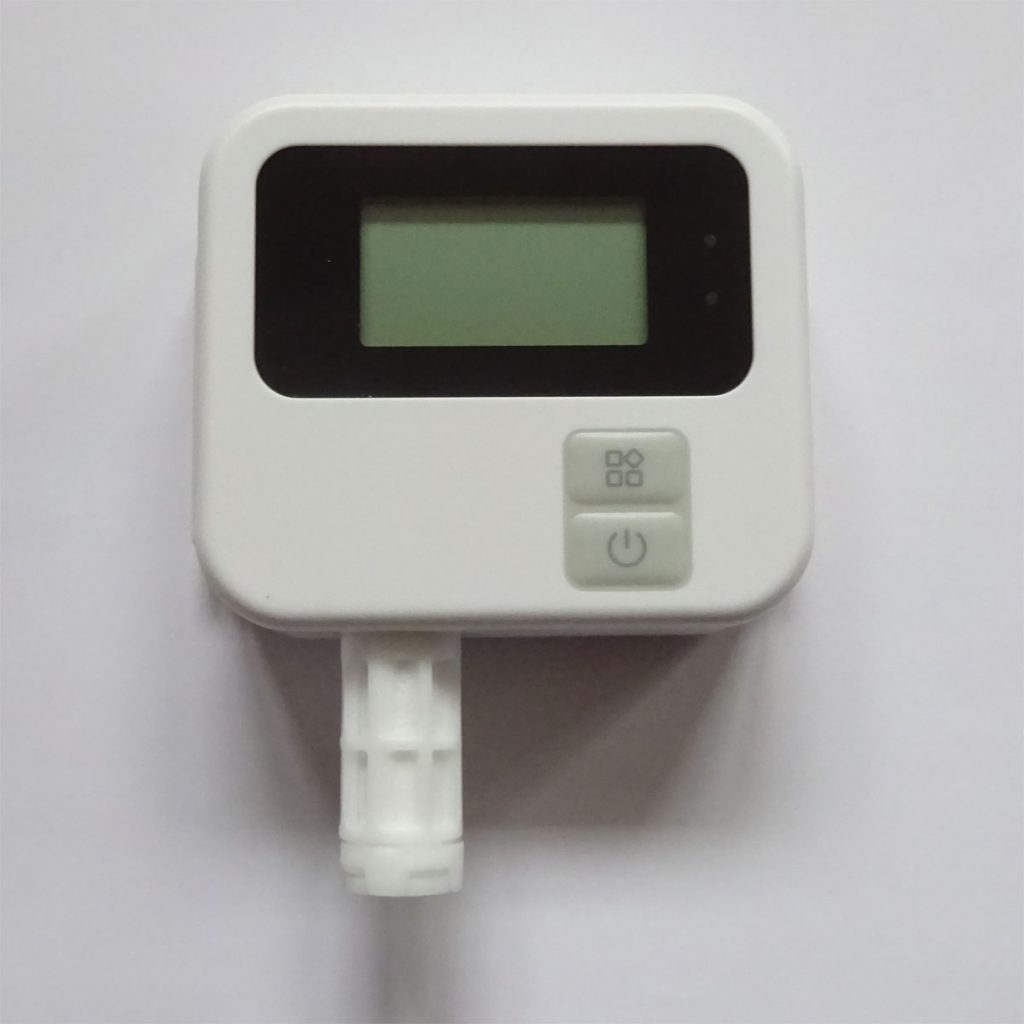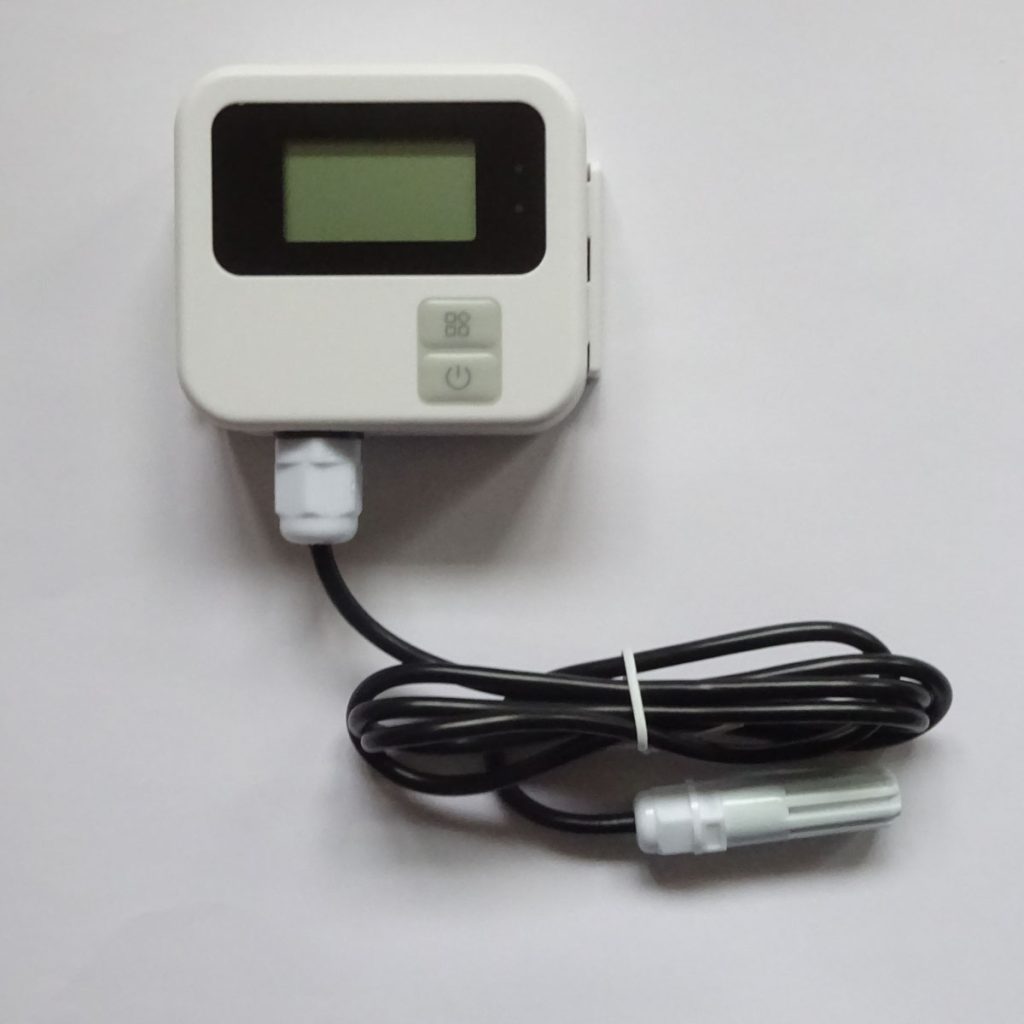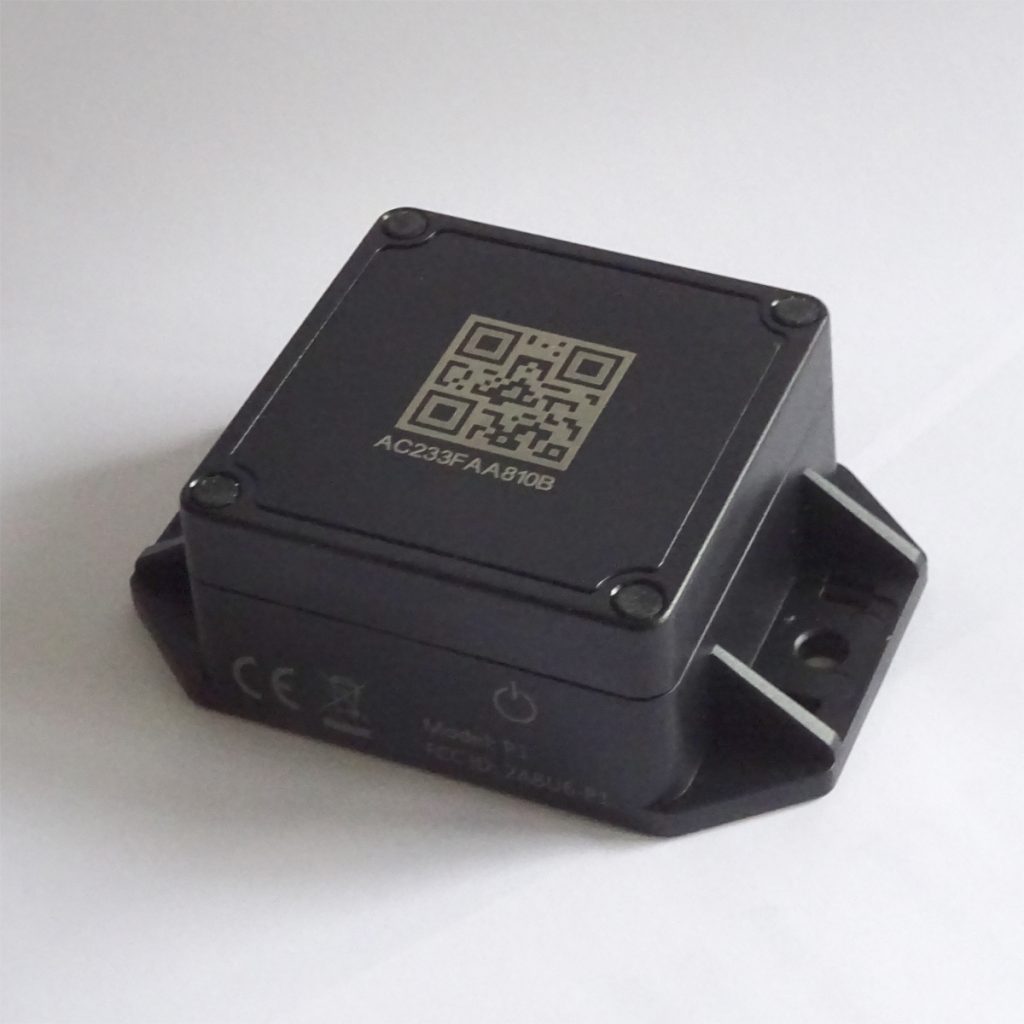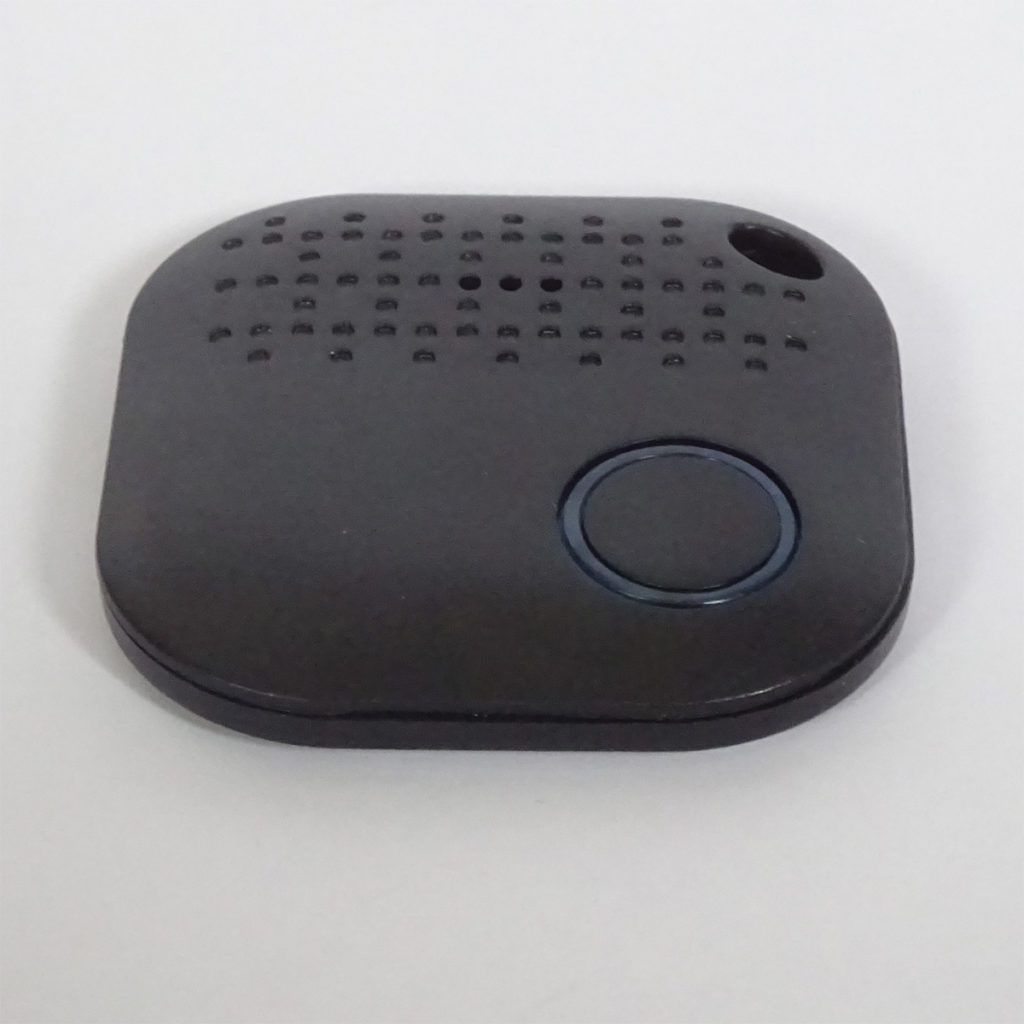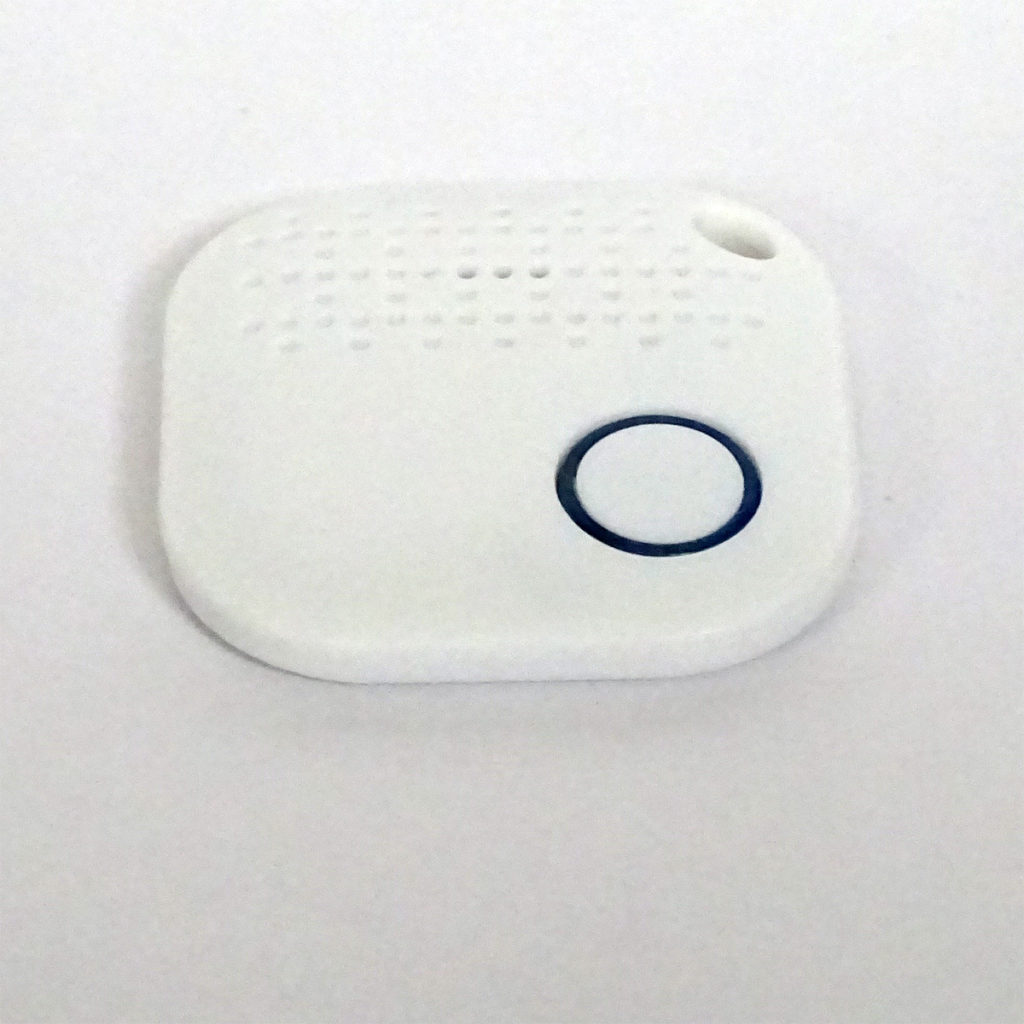Some sensor beacons can be used to monitor temperature. The first thing to consider when comparing temperature beacons is whether they have a dedicated hardware temperature sensor. Some beacons have a temperature sensor inside the main chip (System on a Chip – SoC) that’s less accurate and has less precision. The sensor is mainly there to give an indication of the chip temperature, not the ambient (outside the beacon) temperature. Most beacons only transmit for the order of 1ms every 10 to 5 seconds and enter a very low power state the remainder of the time. This means they not only use low power but don’t significantly heat the SoC. This means the SoC roughly tracks the outside temperature.
In our sensor beacon listings, when we say a beacon has a temperature sensing it has a separate hardware sensor, usually the Sensirion SHT20, providing more accuracy and precision than the sensor in a SoC. Some of our beacons, such as the Minew i3 and i7 have an internal SoC temperature sensor that’s readable but we don’t classify that as a sensor beacon.
The next thing to consider is the casing. In order to quickly track ambient temperature, the casing needs to be open somewhere and usually have a hole. Beacons that say they are waterproof and have temperature sensing won’t track ambient temperature well.
We have had customers use temperature sensing beacons in scientific situations and where they need to periodically calibrate sensing equipment. How do you calibrate temperature sensor beacons? The SHT20 is has a long term drift of only <0.04 deg C/year (the humidity reading vaies difts by <0.5%RH/year) so it doesn’t need calibration for most situations. However, if you need better than this, or check calibration, you will need to periodically calibrate in the software of the device (usually an app) that receives the beacon sensor data.
